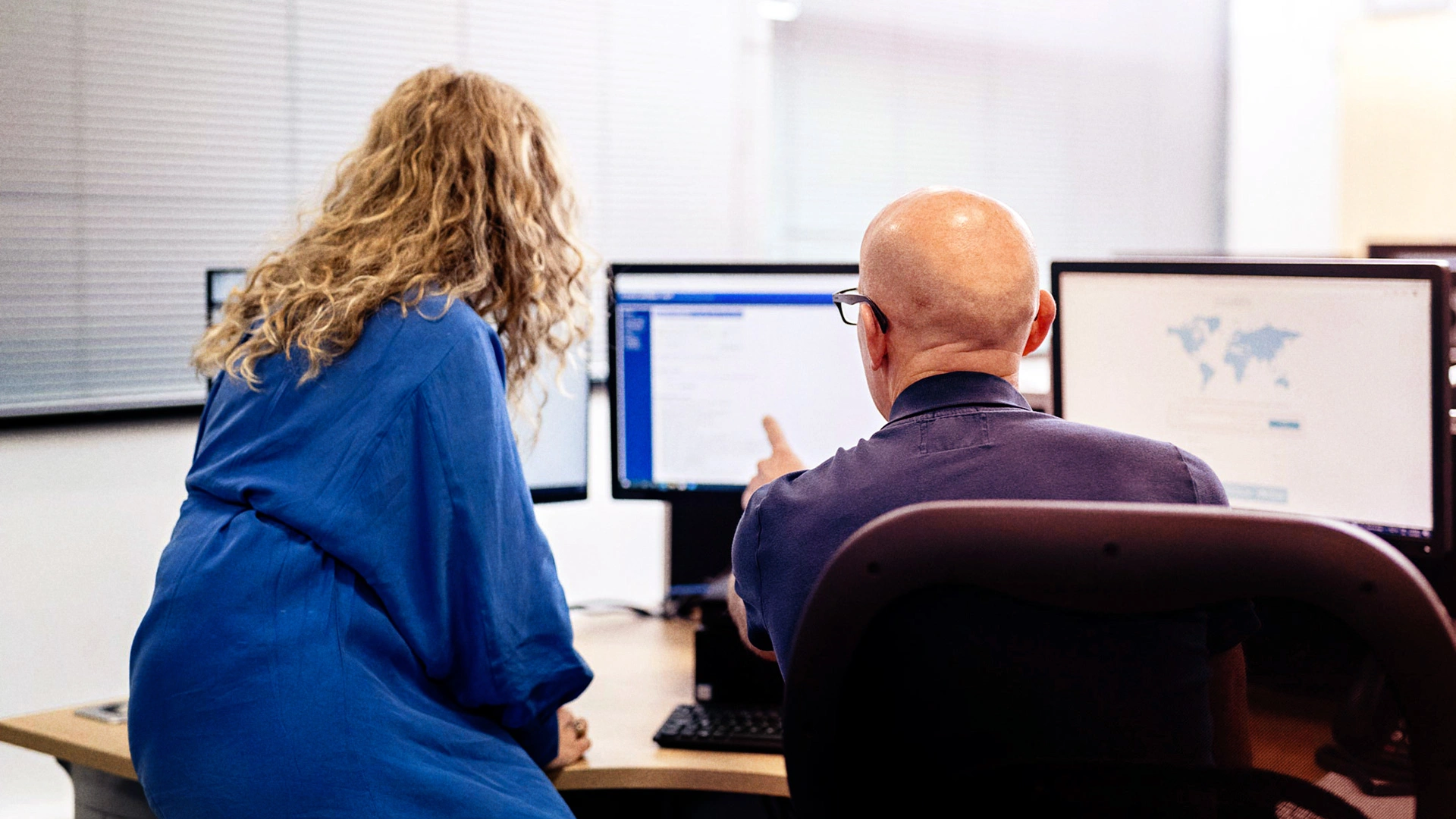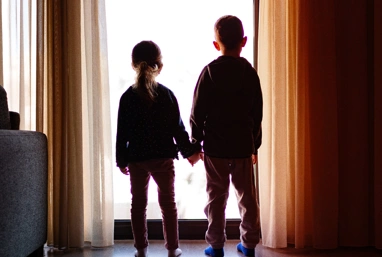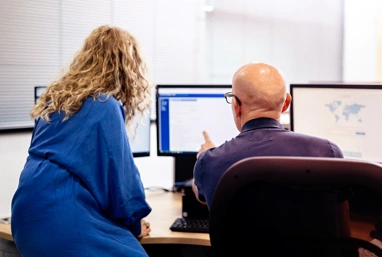
About Us
Working to stop child sexual abuse online
Protecting children is at the heart of everything we do. For over 29 years, since the early days of the internet, our job has been to help child victims of sexual abuse by hunting down and removing any online record of the abuse.
It’s a tough job. Our image analysts are amongst the best in the world. The children in the pictures are real. Their abuse and suffering is very real. Our experts never forget that.
The criminals who sexually abuse children, then record their suffering and share the horror online are ruthless. Sometimes they create images with audiences in mind. Victims range from babies to young teens. Abusers are often experienced at online grooming, skilled at manipulating young minds. Sometimes victims don’t even realise they are being abused until it’s too late.
Sadly, the internet makes it easier to share these images. We use advanced technology and human expertise to help young victims. If we can remove the record of suffering online and stop those images circulating, then we can stop the abuse being perpetuated. This makes the internet a safer place for all children and adults.
The children in the pictures are real. Their abuse and suffering is very real. Our experts never forget that.
How we do this
- Tech-for-good. We build cutting-edge tech tools designed to make it easier to identify and remove online images and videos of child sexual abuse. In short, tech to protect kids.
- Our team of human analysts. Tech companies and law enforcement worldwide trust the assessments, experience and knowledge of our extraordinary team of people.
- Working together. With international partners in government, law enforcement, reporting hotlines, charities and the tech community we work to stop illegal images of children being circulated again and again. We share vital information that could lead to the rescue of a child from terrible abuse.
- IWF Hotline. This gives people a safe and anonymous place to report suspected online images and videos showing the sexual abuse of children. When we started in 1996, 18 per cent of child sexual abuse imagery online was hosted in the UK. Today, thanks to our Hotline, it’s less than one per cent. We’re proud of that.
We are an independent not-for-profit organisation. Tech companies, our ‘Members’, companies and the public fund our work. Our donors are extraordinary people who care about keeping children safe online. They’re our IWF heroes.
Our experience and data is unique. We use this expertise to help governments shape new laws, laws that will benefit victims of child sexual abuse and give the best possible protection to children online. Our Policy Team is supported by IWF Champions, UK Members of Parliament who have signed-up to help spread the word about protecting children online.
We also run public campaigns, to help share our learning. Encouraging teenage boys who might have accidently stumbled on child abuse images to report to our Hotline, or helping parents have difficult conversations with their children about staying safe online are important messages for people.
At IWF we recognise online child sexual abuse imagery is a global problem, which demands a global solution. So, we’ve taken our fight to countries without anywhere to report online child sexual abuse. Working in partnership with local people, we provide scaled down Reporting Portals which feed directly to our expert analysts in the UK. Today we have over 50 of these portals.
It’s all part of our mission to help victims of child sexual abuse worldwide, by identifying and removing the online record of their abuse. If you share our vision, why not consider making a donation, or if you represent a company, take a look at memberships and partnerships.
We use the term child sexual abuse to reflect the gravity of the images and videos we deal with. 'Child pornography', 'child porn' and 'kiddie porn' are not acceptable descriptions. A child cannot consent to their own abuse. Read more.

Why we exist
Why the Internet Watch Foundation exists, what it what set up to do, and how it does it.

How we assess and remove content
The processes IWF use to assess child sexual abuse imagery online and have it removed from the internet.

Who we are
The IWF is made up of a team of over 70 diverse team members working in a variety of disciplines including our team of front-line analysts.

